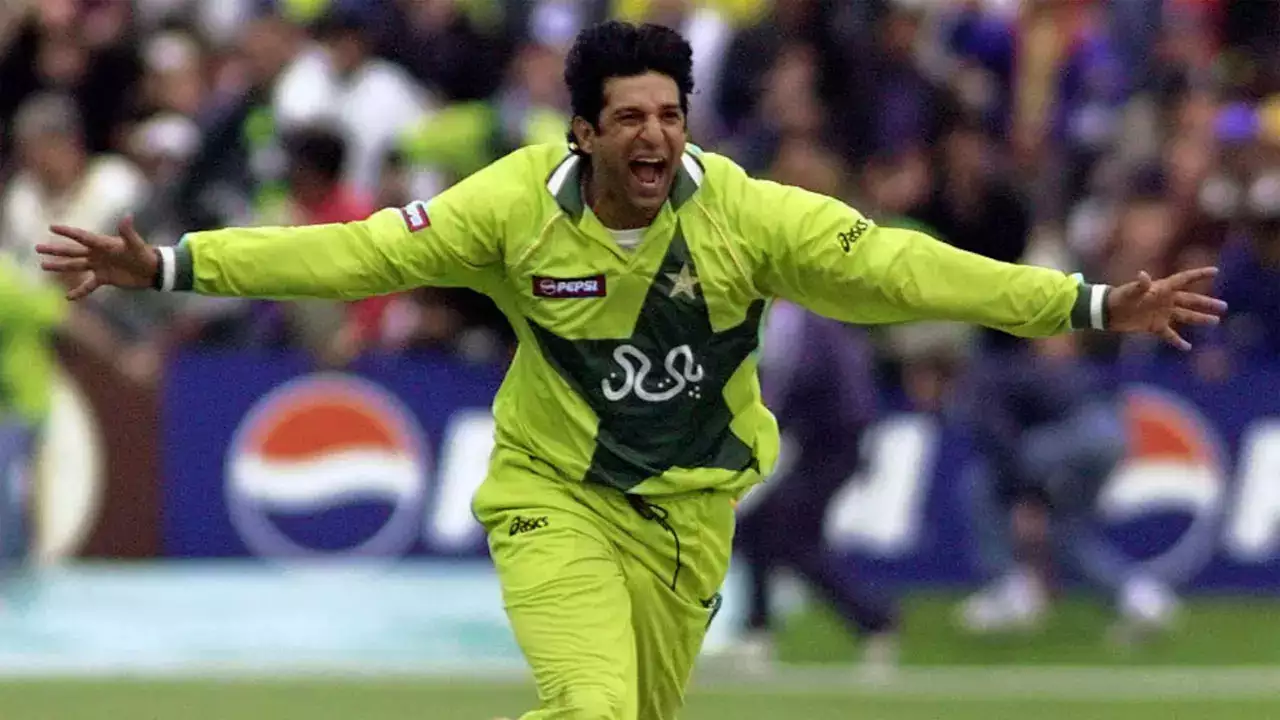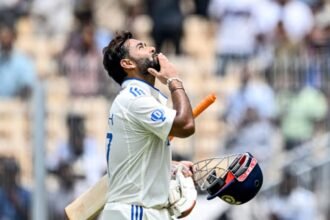Cricket Through the Ages: Tradition Meets Innovation, Often hailed as the “gentleman’s game,” cricket has advanced significantly since its modest origins. The sport’s evolution from the relaxed tempo of Test cricket to the high-stakes environment of T20 leagues is a reflection of shifting viewer preferences, technological developments, and international influences. Let’s examine cricket’s development over time and what makes it such a timeless sight.
Test Cricket in the Early Years
With the earliest match ever recorded occurring in the 1600s, cricket’s origins date back to the 16th century. However, it wasn’t until 1877 that England and Australia played their first Test match at the Melbourne Cricket Ground.
Cricket Through the Ages, The five-day format of test cricket was create to evaluate a player’s abilities, patience, and mental fortitude. It was the pinnacle of cricket for almost a century, producing innumerable unforgettable moments. Test cricket has a reputation as the best test of a cricketer’s skill because of Don Bradman’s unmatched batting supremacy and the high-stakes drama of the Ashes.
The Revolution in a Day
When One-Day Internationals (ODIs) were introduce in the 1970s, cricket underwent a dramatic change. Each team played 60 overs (later reduced to 50) in the inaugural One-Day International (ODI), which was play between England and Australia in 1971 and lasted only one day.
A wider audience was introduce to cricket via ODIs, particularly those who felt that Test matches were too slow-pace. A game-changer, the first Cricket World Cup in 1975 captivate spectators all around the world. ODIs are ingrain in cricket history by iconic events like Wasim Akram’s destructive performances in the 1992 World Cup or Kapil Dev’s taking of the trophy for India in 1983.
The Boom of T20
The introduction of Twenty20 (T20) cricket in the early 2000s caused cricket to undergo yet another significant change. With its fast-paced, three-hour style that appealed to contemporary viewers, the first official T20 match took place in 2003.
T20 cricket reached a new height with the 2008 debut of the Indian Premier League (IPL). Cricket became a worldwide entertainment sensation because of the IPL’s player auctions, franchise teams, and star-studded opening ceremonies. Top players from all over the globe were come to the league, and T20 cricket become well-known as a result of parallel tournaments like the Pakistan Super League (PSL) and the Big Bash League (BBL) in Australia.
Technology’s Contribution to Cricket’s Development
Cricket has changed dramatically as a result of technological improvements. Cricket Through the Ages and Decision-making has been transform by tools like Hawk-Eye, UltraEdge, and ball-tracking, which have made the game more transparent and equitable. On-screen statistics, drone cameras, and HD broadcasts have improved the viewing experience and brought spectators closer to the action.
Women’s cricket has explode in popularity in recent years, surpassing even the men’s version. A new generation of players and supporters has been inspire by the tremendous potential in women’s cricket, which has be display in competitions like the Women’s T20 World Cup and The Hundred.
Tradition and Innovation in Balance
Test cricket is still respect by purists despite T20 cricket’s explosive growth. To maintain the format’s relevance and excitement, initiatives such as the World Test Championship have been implement. With something for everyone, whether it’s the strategy of Test matches, the drama of ODIs, or the excitement of T20s, cricket is thriving in its multi-format glory today.
Read More: IPL 2025 Opening Match: Eden Gardens Set to Host Opening and Final Matches
Conclusion
Cricket Through the Ages, Cricket’s evolution is proof of its adaptability and appeal. From its historical roots in Test cricket to the modern spectacle of T20 leagues, each format contributes to the sport’s enduring appeal. As cricket continues to grow, one thing is certain: it will always operate as a unifying force, bringing people together to share a love of the game.







